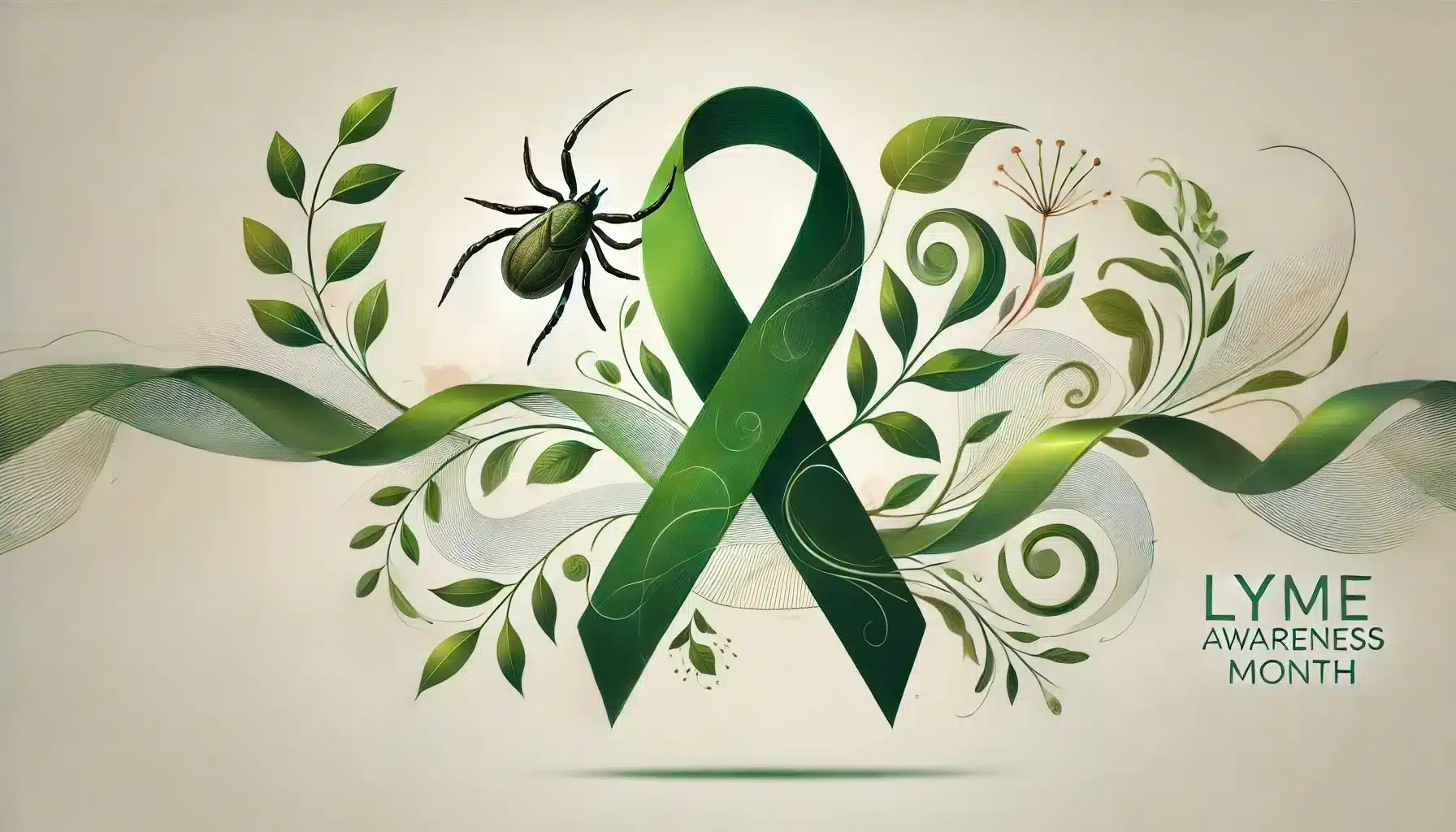What is Lyme Disease Awareness Month?
Lyme Disease Awareness Month is observed every May to raise awareness about Lyme disease, its symptoms, prevention strategies, and the importance of early detection. This international initiative educates the public about the risks of tick bites and promotes measures to reduce the spread of Lyme disease. Various health organizations, researchers, and communities participate in campaigns to spread awareness and improve understanding of this tick-borne illness.
History and Origin
The observance of Lyme Disease Awareness Month began in the 1980s, particularly in regions where Lyme disease is prevalent, such as the United States, Canada, and parts of Europe. Over time, it has grown into a global campaign, with governments, non-profits, and healthcare professionals joining forces to promote education, prevention, and research efforts. With Lyme disease cases on the rise, the awareness month serves as a reminder to take precautions against tick bites and seek medical attention if symptoms appear.
Who Participates in Lyme Disease Awareness Month?
- Healthcare Organizations: Provide educational materials and host events to inform the public about Lyme disease.
- Non-Profit Organizations: Organize awareness campaigns and fundraising efforts for Lyme disease research and patient support.
- Schools and Universities: Educate students about tick-borne diseases and outdoor safety.
- Government Agencies: Issue health advisories and prevention guidelines to reduce the spread of Lyme disease.
- Individuals and Communities: Participate in events, share information, and take steps to prevent tick bites.
Slogans and Themes
Lyme Disease Awareness Month focuses on prevention, early detection, and education. Some common slogans include:
- “Fight the Bite”
- “One Bite is All it Takes”
- “Be Tick AWARE”
- “Tick Tock, Know the Clock”
- “Prevent. Detect. Treat.”
The campaign highlights the importance of staying informed, recognizing early symptoms, and seeking timely treatment.
Colors, Symbols, and Patterns
Colors
- Lime Green: Represents Lyme disease awareness and is widely used in ribbons, campaign materials, and events.
Symbols
- Lime Green Awareness Ribbon: A global symbol of support for those affected by Lyme disease.
- Tick Images: Used in educational materials to help people recognize the insects that transmit Lyme disease.
Patterns
- Bull’s-Eye Rash Imagery: Represents the characteristic rash associated with Lyme disease, helping to spread awareness about early symptoms.
How to Observe Lyme Disease Awareness Month
- Educate Yourself and Others: Learn about Lyme disease symptoms, transmission, and prevention, and share this knowledge with your community.
- Participate in Local Events: Join awareness walks, seminars, and workshops hosted by health organizations and non-profits.
- Promote Awareness on Social Media: Use hashtags and share educational posts to spread the message.
- Wear Lime Green: Support the cause by wearing lime green clothing or ribbons to spark conversations.
- Support Research and Fundraising Efforts: Donate to or volunteer with organizations focused on Lyme disease research and patient care.
Most Used Hashtags
- #LymeDiseaseAwarenessMonth
- #FightTheBite
- #OneBiteIsAllItTakes
- #BeTickAware
- #TickTockKnowTheClock
Why is Lyme Disease Awareness Month Important?
Lyme Disease Awareness Month is essential in educating the public about the dangers of tick bites and the importance of early diagnosis and treatment. With Lyme disease cases increasing globally, awareness efforts help reduce infections through preventive measures and timely medical care. The campaign also supports ongoing research to improve diagnostics, treatments, and potential vaccines.
Raising awareness about Lyme disease empowers individuals to protect themselves, recognize symptoms early, and advocate for better healthcare solutions. It also provides a platform for patients and survivors to share their experiences and push for more funding in research and treatment advancements.
May: Lyme Awareness Month
Why do you keep falling for the same type?
Read the article Lovemaps: the hidden blueprint of our love.

